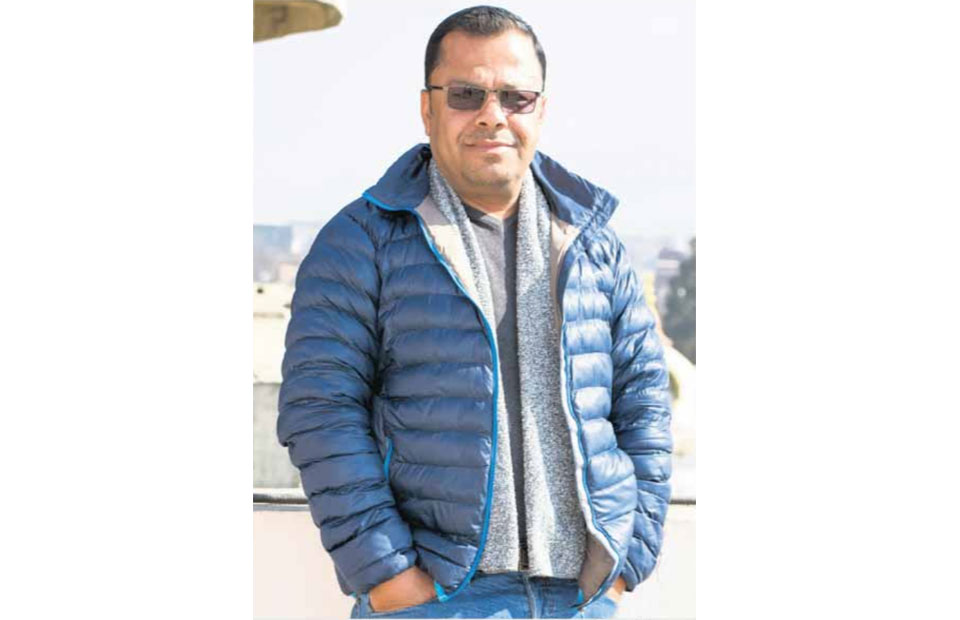Cham: The Dance Meditation (With Video)
5 years ago

5 years ago

5 years ago

5 years ago

5 years ago

5 years ago

Cameras always stole his glance to the cycles that he sold as a young boy. Although raised in a family who made their living through business, Ravi Sayami was passionate about photography. His interest nurtured as he started working with Nikon FM2 camera that he bought from his pocket money. While excelling in landscape photography, he gradually developed his interest in cinematography. He started a career in cinematography with music videos, documentaries and tele serials including ‘Tito Satya’ and ‘Kinaara’. His work in feature film includes national award winning Newari movies ‘Patachara’, ‘Krisha gautami’ and Nepali movie ‘Anagarik’. He has so far directed over two dozen of short movies. He was awarded with ‘Best Cinematography’ at Charles Darwin Film Festival for the short movie ‘Dhago’. He debuted as a director with the recently released Nepal bhasa film ‘Jamana Gubhaju’. The film is well received amongst the audience.
My City’s Sonam Lama talked to Ravi Sayami about his two decades of diverse experience in media.
You started with photography in the beginning of your career; what interested you in cinematography?
Photography was an initial phase of my passion towards media and visuals. All works of photography was then carried out in a traditional and time consuming method. The photo reels were developed in other countries. When I started my career in the initial phase, digitalization was a far-fetched idea. However, it rapidly gained attention when it actually came into practice after a few years. For me, it was stepping into the next level of my interest as I barely wanted to limit myself in photography. It felt that I needed to hone my skills in terms of handling advanced equipment and broadening my horizon.
Now that you are into cinematography and direction, how challenging do you find the different roles you get into?
It is more of a daily adventure when you love your work. Yes, there are multiple hurdles that one faces at work but if you have the drive for what you do, the challenges seems surmountable. I barely find it challenging working in multiple areas as I find them inter-connected with media. They may appear different on the surface level but the underlying essences of all three works are quite similar. Meanwhile, I have been investing much of my time as a cinematographer and initiating my career in directing with a few short and feature films in Nepal bhasa and Nepali. When I compare, I find directing a bit challenging as it requires much extended effort. Unlike cinematography, film making requires much refined coordination with every crew members.
What vision do you wish to reflect through your directorials?
It was while I was working as a cinematographer in Nepali movies that I realized my longing for film making. So, I initially thought of making films in Nepal bhasa to draw the attention of a limited and fixed number of audiences among the Newar community. My first directorial portrays the ancient period of Malla dynasty and is a landmark of history and culture blended with the elements of magic realism. It revives the legendary character which was long lost in comic books.
Most of the films are made keeping commercial success in mind. In such cases how precarious is the state of films based on history or culture now?
When you talk about financial success, the films can barely guarantee generating the amount that you have invested. There are a couple of reasons for that. The theaters are not prepared to run a risk of releasing films that cannot occupy maximum seats. Once the film makers predict these scenarios, they barely would want to make such films which further add to the lack of films made in these genres. While there are many commercially successful films today, I am highly drawn towards making films that preserves the culture and identifies my work. As making the movie demanded an in-depth study and research, it took me about four years to get my films to the theaters. I think film makers should not limit their creativity because of financial constraints. If you have ideas that are worth sharing, you should summon up the courage to turn them into reality.
Leave A Comment